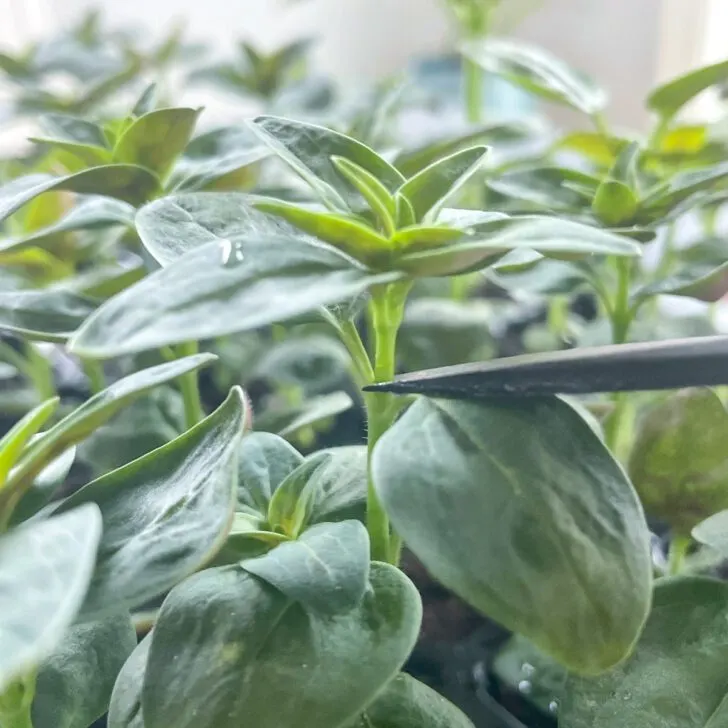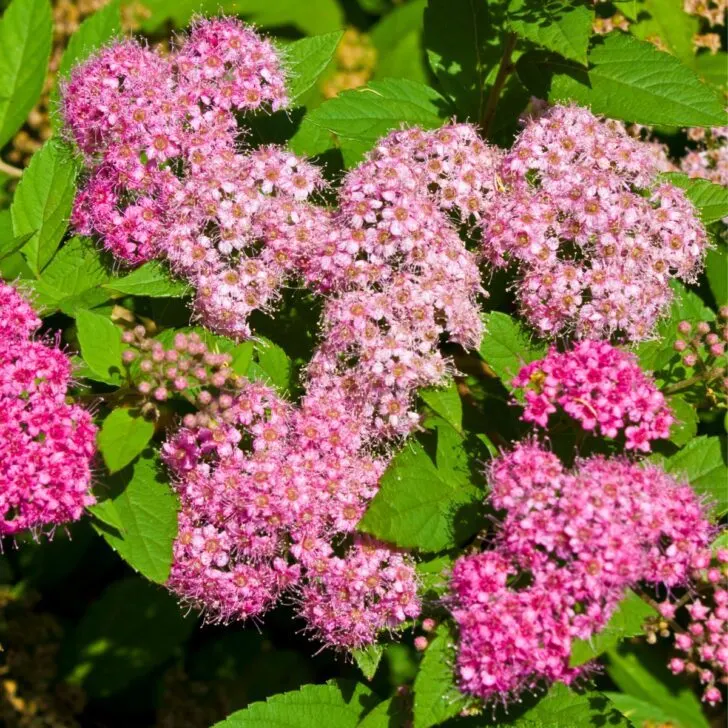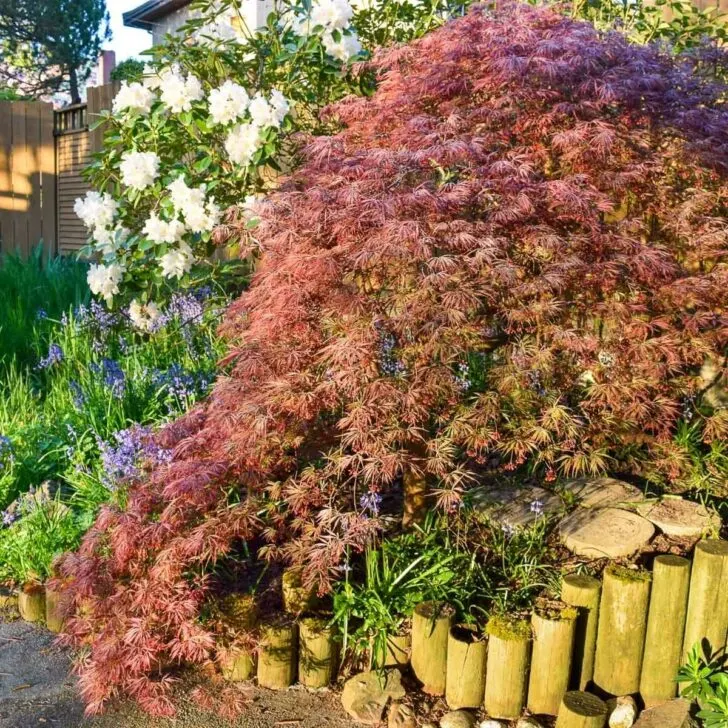Want to know what to do with crocus after blooming? I'll let you know when to cut back crocus and how to prepare for next season's flowers.

There's something magical about the sight of crocus flowers peeking through the soil, heralding the arrival of spring. Their vibrant colors and delicate petals never fail to bring a smile to my face.
But what happens after those lovely blooms fade away? Just because the flowers are gone doesn't mean your work is done. In fact, taking care of your crocus plants after they've flowered is essential for ensuring a stunning display next season.
In this article, I'll show you what to do with crocus after blooming, so you can enjoy them again next year!
This post contains affiliate links for your convenience. Purchases made through these links may earn me a small commission at no additional cost to you.
Understanding the Crocus Lifecycle
To take the best possible care of your crocus plants after they've flowered, it's helpful to understand their growth cycle. This knowledge will give you a better idea of what your plants need during each stage of their lives.
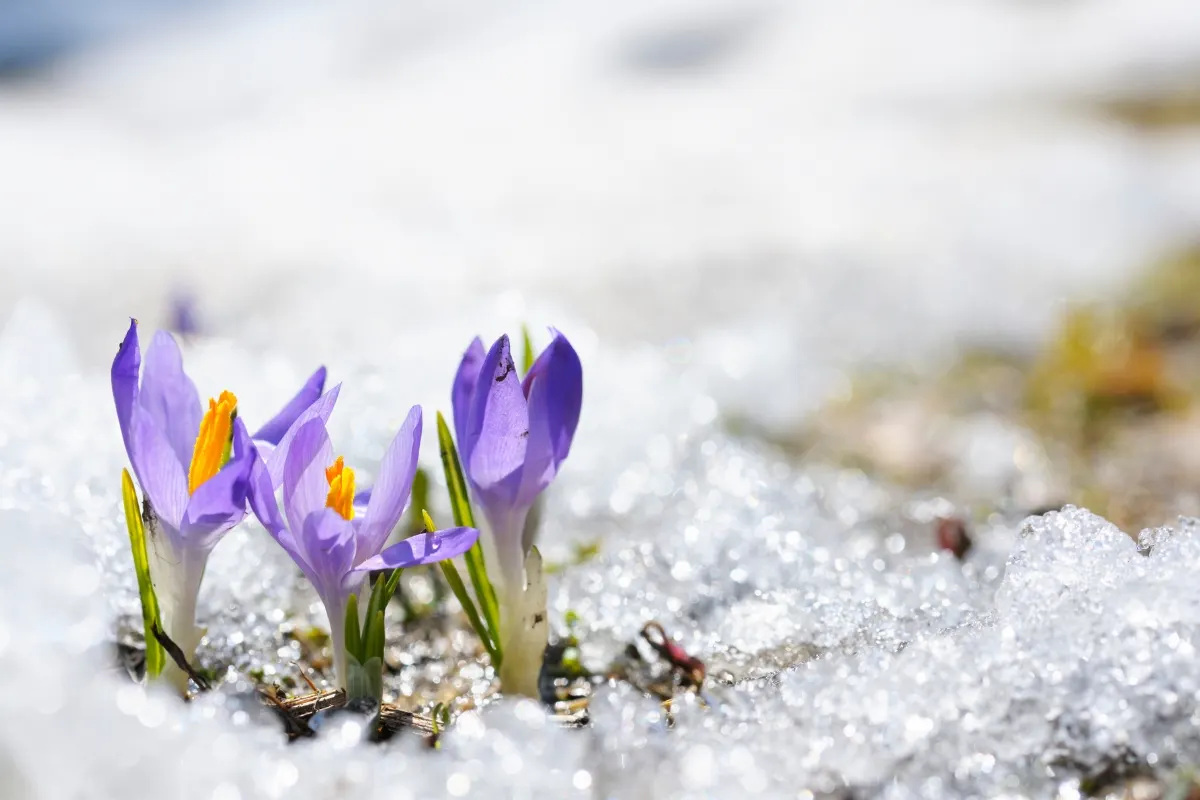
Crocuses are perennial plants that grow from corms, which are similar to bulbs. Crocus bulbs are planted in the fall, grow roots throughout the winter, and flower in early spring.
Their growth cycle consists of three main stages:
- Growth and flowering: This stage begins in late winter or early spring when the crocus corms send up shoots, leaves, and eventually flowers. This is the part of the cycle we all look forward to!
- Post-flowering: After the flowers fade, the crocus plants continue to grow and gather energy from the sun through their leaves. This energy is stored in the corms, ensuring a healthy start for the next growth cycle.
- Dormancy: As temperatures rise and days get longer, crocuses enter a period of dormancy. The foliage dies back, and the corms remain underground, resting until the following late winter or early spring.
Though it might seem like nothing is happening during dormancy, this phase is crucial for the plant's health. It conserves energy and ensures they have enough stored resources to produce beautiful blooms when the cycle begins anew.
Caring for Crocus after Flowering
Once your crocuses have faded, don't start hacking away at the stems! Here are some tips to help create beautiful display next season.
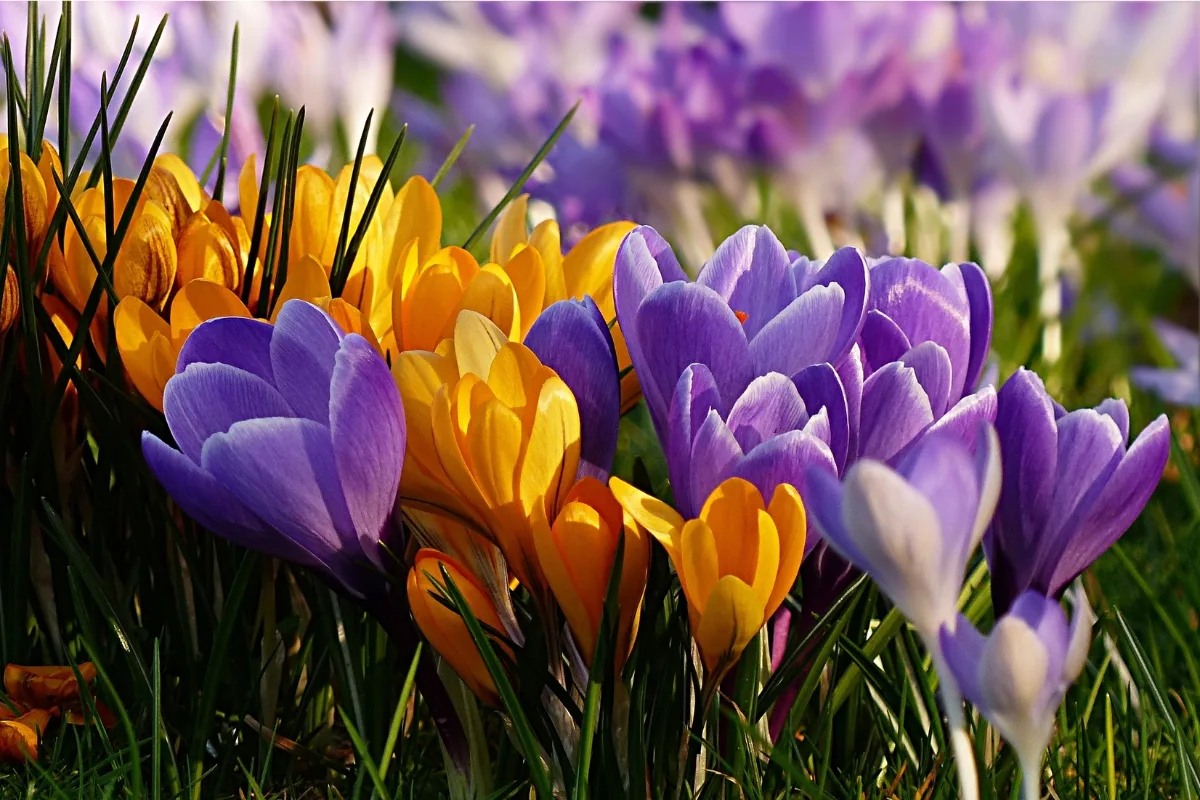
Allow foliage to die back naturally
It might be tempting to tidy up your garden by cutting back the leaves as soon as the flowers have faded. But the leaves play a vital role in the crocus lifecycle!
The green leaves capture sunlight and produce energy through photosynthesis. This energy is then stored in the corms, giving the plants the resources they need to grow and flower again next season.
Allow the foliage to die back naturally, turning yellow and withering away. This process usually takes a few weeks and ensures that your crocuses have had ample time to store the energy they need.
Remove spent blooms
Cleaning up spent blooms is not only aesthetically pleasing but also prevents the plants from putting energy into seed production. Instead, this energy can be directed toward the corms, promoting more robust blooms next season.
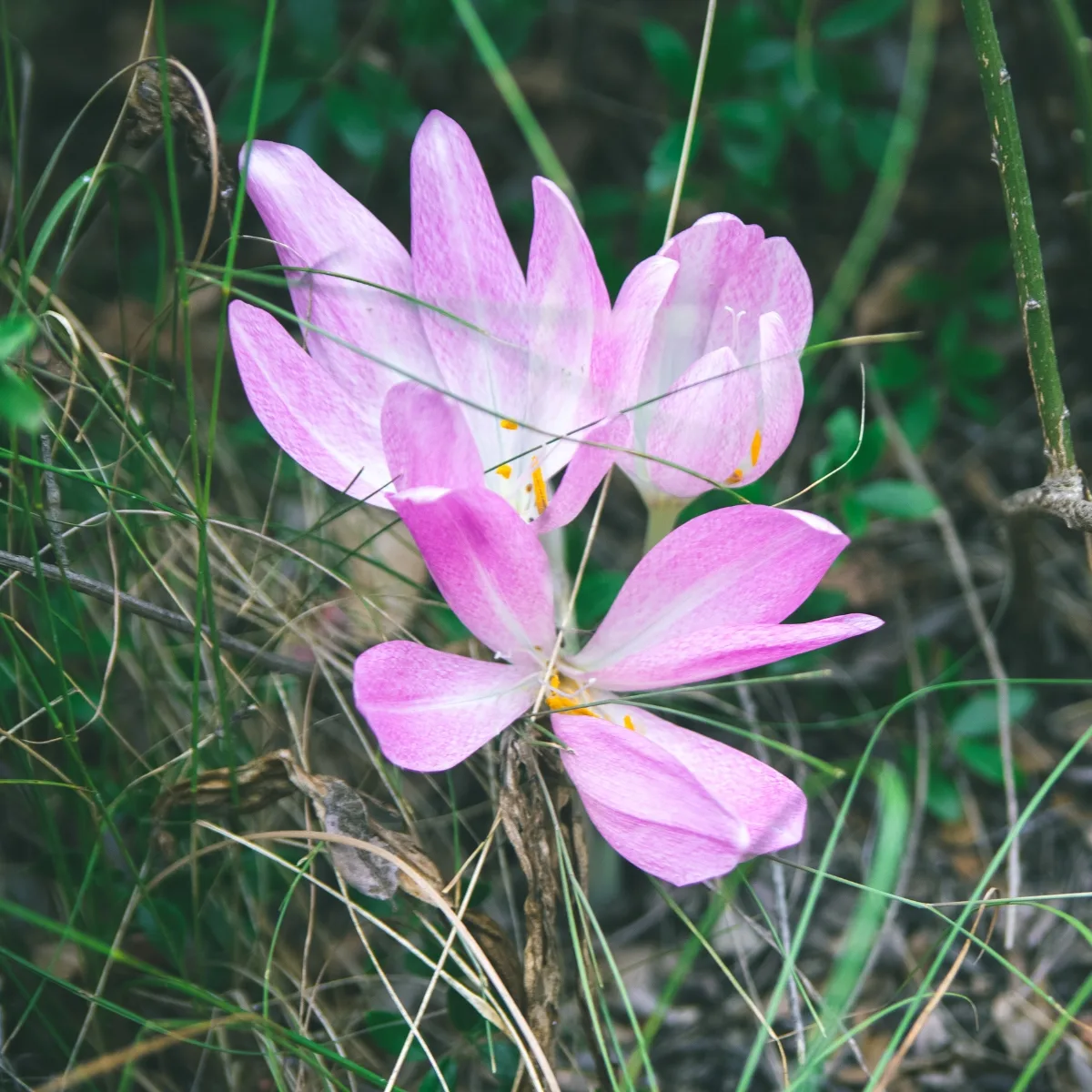
Fresh crocus flowers are vase shaped, so look for any blooms that are splayed out like the one in the photo above. Use a pair of clean, sharp gardening scissors or your fingers to gently pinch off the spent blooms at their base. Be careful not to damage the leaves or stems in the process.
Feeding and Watering your Crocus
While it may seem counter-intuitive to feed your crocus plants AFTER they bloom, by providing the right nutrients and moisture levels, you'll set your plants up for success.
Fertilizing after flowering
Give your crocus plants a nutrient boost by sprinkling a balanced, slow-release granular fertilizer around the base of the plants after flowering. Bone meal is also recommended for bulbs and corms. I like to use Espoma Bulb Tone, which has everything your plant needs in the correct ratios.
Watering
Maintaining the right moisture balance is crucial, but it's something we don't normally think about after the plant has gone dormant. Overwatering can lead to rot, while underwatering may cause the plants to struggle.

Aim to keep the soil consistently moist but not soggy during the active growth period. They require less water after they've finished flowering, but don't let the soil dry out completely.
Preparing for next year's blooms
With some foresight and planning, you can ensure that your crocuses will grace your garden with another round of stunning blooms next year. Here's how to prepare your plants for the future!
Dividing and transplanting crocus bulbs
Over time, your crocus clumps may become overcrowded, leading to smaller or fewer blooms. Dividing and transplanting them can reinvigorate their growth and flowering potential.
Last year, I planted these crocus bulbs in front of a large rock in our front garden. They're fairly close together, which creates a lovely display, but will require dividing sooner rather than later.
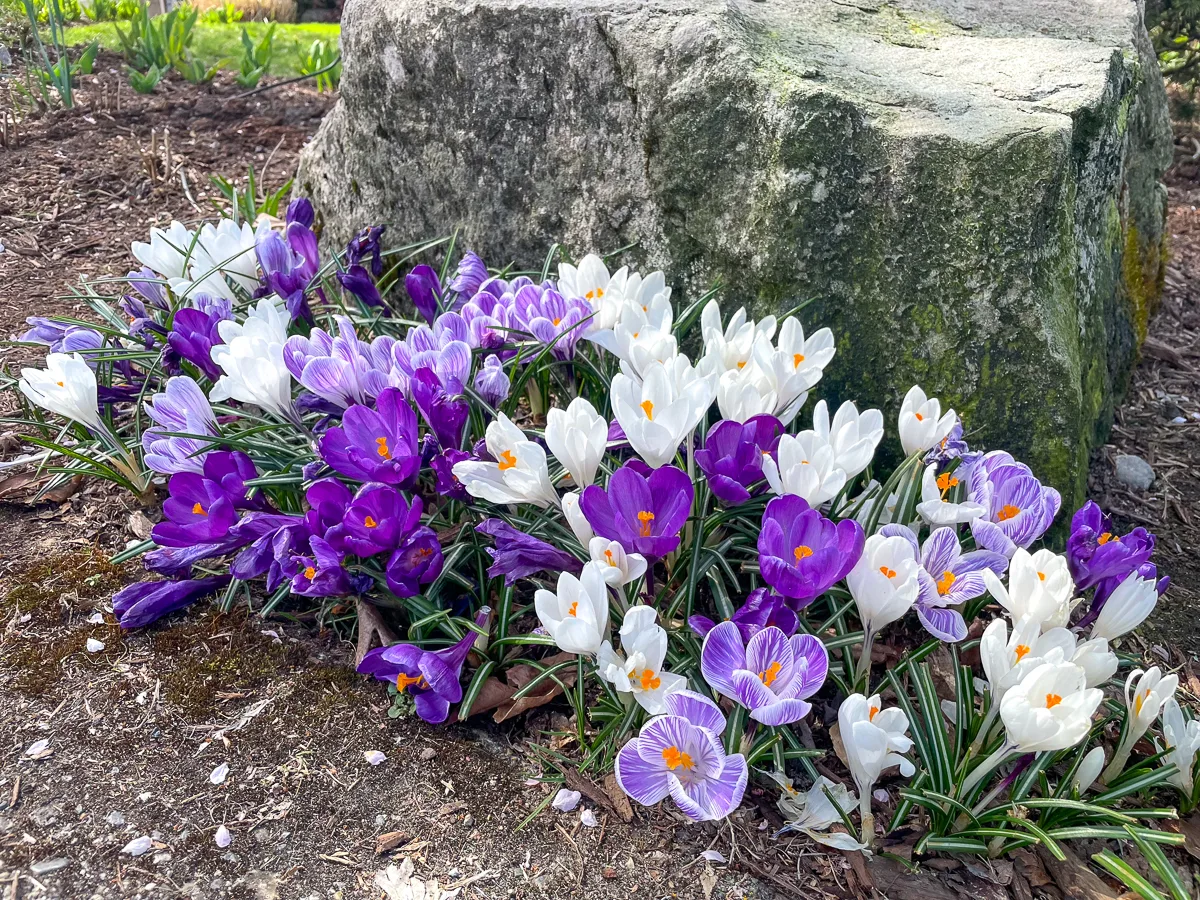
It's best to divide your crocuses every 3 to 5 years, usually during their dormant period in late summer or early fall. This practice promotes healthier growth, prevents overcrowding, and can even help you expand your crocus collection!
Carefully dig up the corms, keeping as much of the root system intact as possible. Gently separate the corms and replant them in well-draining soil, ensuring they are spaced about 2 to 4 inches apart and buried 2-3 inches deep. Water the transplanted corms thoroughly to help them settle in their new home.
Protecting your crocus during dormancy
Don't let all your hard work go to waste during the dormancy period! Keep an eye out for common crocus pests, such as squirrels, voles, or slugs. Additionally, be on the lookout for signs of fungal diseases, like mold or rot.
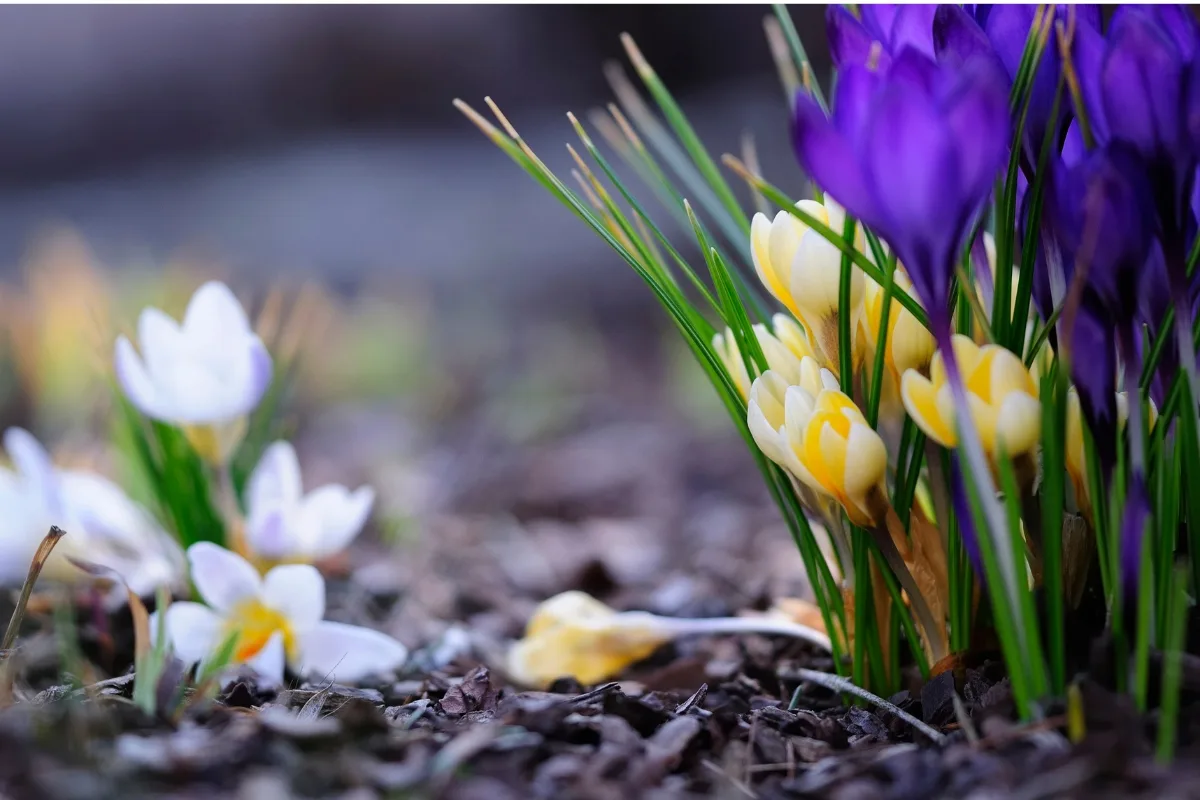
Apply a layer of organic mulch, like shredded leaves or bark, over the resting bulbs. This helps insulate the corms over the winter, conserves soil moisture, and suppresses weeds. Be sure not to over-mulch, as this can encourage pests and disease, and makes it more difficult for the fresh growth to push to the surface in spring.
Now that you know what to do with crocus after blooming, you can set your plants up for a healthier, more robust display in the years to come!

